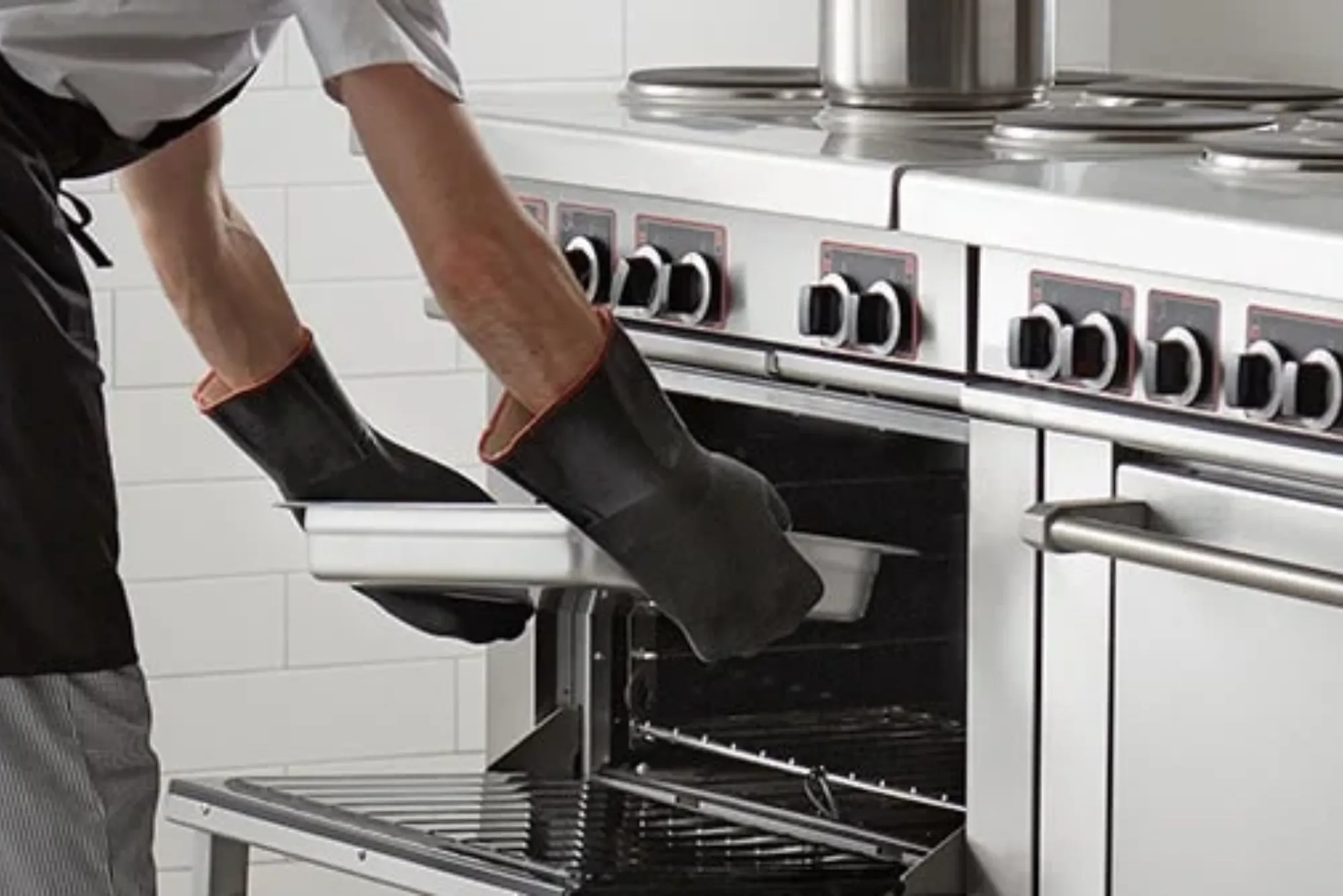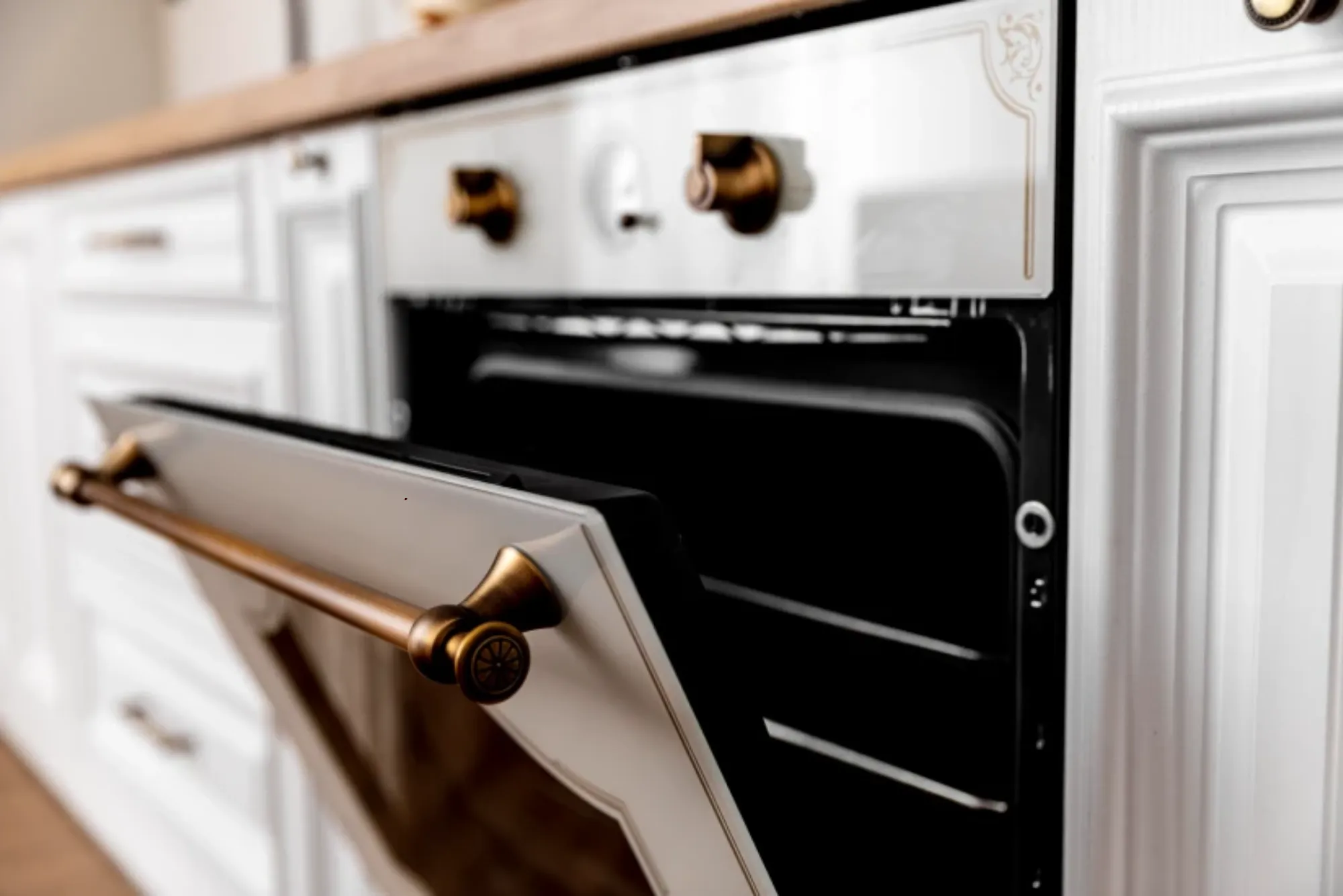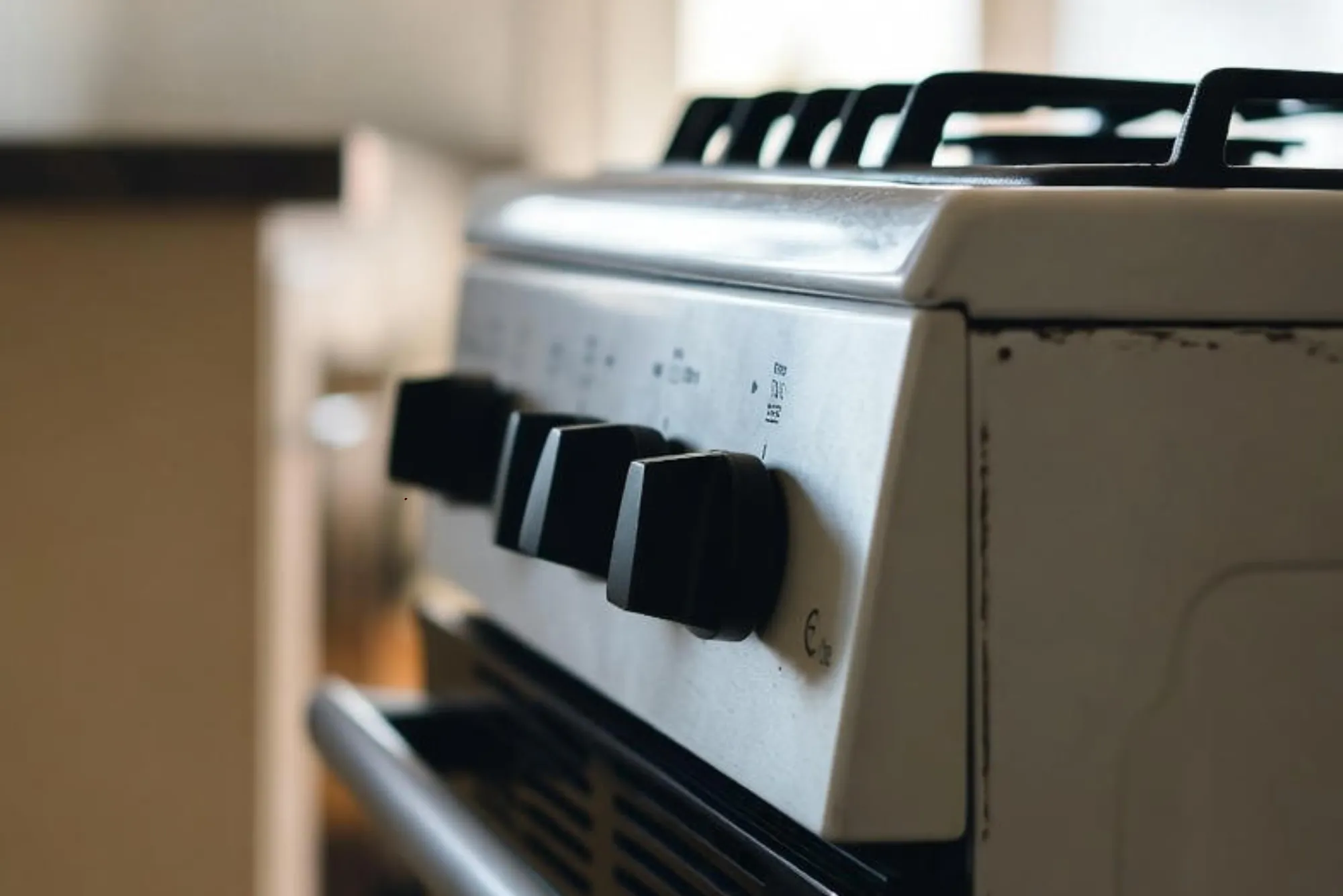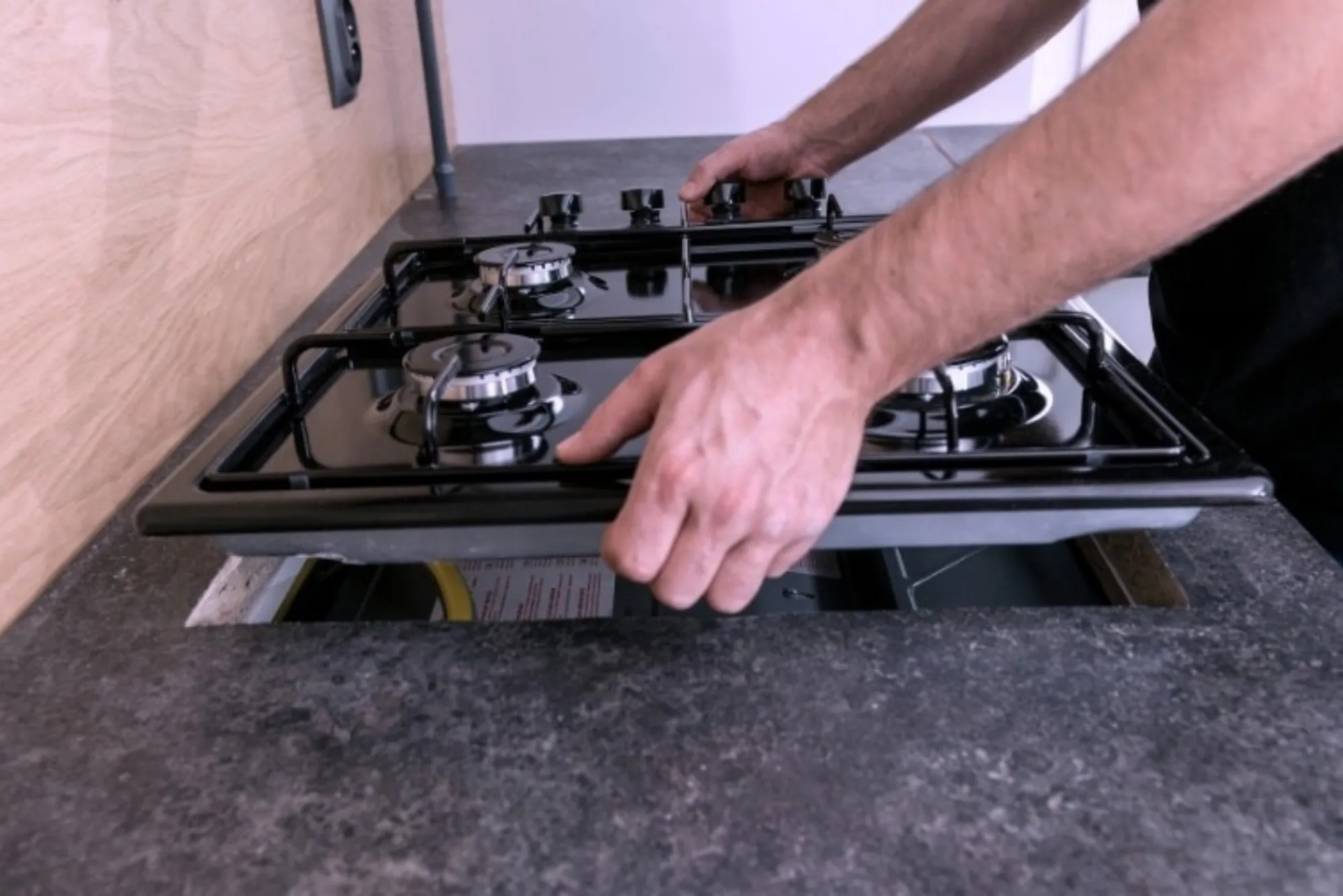Commercial kitchens thrive on efficiency, consistency, and safety. At the heart of these spaces, the stove is often the most heavily used piece of equipment, working long hours under intense conditions. Unlike household ranges, commercial-grade stoves are designed to endure higher volumes of cooking, withstand extreme heat, and accommodate the relentless pace of professional chefs. Yet, even the most robust models demand care and attention to perform at their best. Without proper maintenance, a stove that should last a decade may fail in just a few years, causing unnecessary expenses and safety hazards. Understanding how to maintain a commercial-grade stove is not just about cleanliness—it is about protecting an investment, ensuring reliable service, and safeguarding the people who rely on it.
The Importance of Consistent Care
A commercial stove is subjected to a grueling routine. Burners operate for hours, grates absorb constant impact, ovens cycle through heat repeatedly, and grease accumulates invisibly in crevices. Over time, even the smallest neglect can evolve into operational challenges. A poorly maintained stove loses efficiency, consuming more energy while producing inconsistent heat. This imbalance directly affects food quality, creating unevenly cooked dishes that compromise customer satisfaction. On the financial side, emergency repairs and premature replacements can significantly increase operational costs. Consistent care, therefore, is not merely a task for compliance but a practice that upholds the reputation of the kitchen itself.
Understanding the Design of Commercial Stoves
Before exploring the nuances of maintenance, it is helpful to understand what sets commercial-grade stoves apart. They are engineered for endurance, typically constructed from stainless steel for durability and easy cleaning. Burners are often more powerful than residential models, with precise controls for high-volume cooking. Ventilation systems play a critical role in drawing out smoke and fumes, while oven chambers are reinforced to maintain consistent heat even during continuous use. Recognizing these design elements provides insight into why targeted maintenance matters. For example, stainless steel resists corrosion but can still become scratched or dulled if cleaned improperly. Similarly, burners built for precision can quickly lose effectiveness if clogged with food debris or grease.
Daily Care as a Foundation for Longevity
The daily rhythm of maintenance establishes the foundation for a stove’s long-term performance. At the end of every service, a thorough wipe-down should be performed while the unit is still warm but safe to touch. Food particles, grease, and spills are easier to remove before they harden. Using a damp cloth with mild detergent preserves the finish of stainless steel, while non-abrasive scrubbing tools prevent scratches. Attention should be given to burner grates, drip trays, and any removable parts, which can be soaked and cleaned separately. Neglecting even a single day of care can create a compounding effect where residue builds up, hardens, and becomes far more difficult to eliminate later. By treating daily cleaning as non-negotiable, staff create a consistent baseline for maintaining both hygiene and efficiency.
Deep Cleaning for Professional Kitchens
Beyond daily cleaning, deep cleaning is a more involved process that ensures the stove continues to operate at peak capacity. This process typically occurs weekly or monthly, depending on the intensity of kitchen operations. Deep cleaning includes disassembling burner elements to remove hidden grease and inspecting gas lines for blockages or leaks. Ovens require special attention, as carbon buildup on racks and walls not only affects performance but can also create smoke that alters the flavor of food. High-temperature degreasers designed for commercial use can address stubborn residues, but they must be applied carefully to avoid damaging sensitive components. In some cases, deep cleaning requires temporarily shutting down a stove, making it essential to schedule these tasks during off-hours to prevent disruption.
Preventive Maintenance Extends Lifespan
While cleaning is essential, preventive maintenance takes stove care to the next level. Professional technicians play a crucial role in spotting problems before they escalate. For gas stoves, checking connections, valves, and regulators ensures safe and efficient operation. For electric models, inspecting wiring and heating elements prevents unexpected breakdowns. Calibration of thermostats and burners guarantees consistent temperature delivery, which is critical for maintaining food quality. Establishing a preventive maintenance contract with a certified provider may seem like an added cost, but it is far less expensive than dealing with emergencies that shut down an entire kitchen. Preventive maintenance is also a requirement in many jurisdictions to comply with safety codes and insurance standards.
Safety as a Central Consideration
The safety implications of poorly maintained stoves cannot be overstated. Gas leaks, electrical malfunctions, and blocked ventilation systems pose serious risks, from fires to carbon monoxide poisoning. Proper maintenance directly minimizes these hazards. Staff training is essential, not only to perform basic upkeep but also to recognize warning signs such as unusual odors, irregular flames, or erratic heating. Fire suppression systems, often integrated with commercial ranges, should be inspected alongside the stove to ensure comprehensive safety coverage. Regular safety checks are not just about protecting equipment—they are about safeguarding the lives of employees and customers alike.
Efficiency and Energy Management
Commercial kitchens operate within tight margins, and energy costs are a significant part of overhead expenses. A well-maintained stove consumes less fuel or electricity while delivering consistent results. Clogged burners force chefs to increase flame levels unnecessarily, which wastes energy. Faulty oven seals cause heat loss, requiring longer cooking times and increased energy consumption. By ensuring that all components are functioning optimally, kitchens can achieve measurable savings. In an era where sustainability and environmental responsibility are becoming industry priorities, efficient stove maintenance also aligns with broader business goals of reducing carbon footprints.
The Role of Staff Training
Even the best maintenance plan fails without engaged and knowledgeable staff. Training should cover not only the technical aspects of stove care but also the reasons behind each step. When chefs and kitchen assistants understand how their actions directly impact performance and safety, they are more likely to take maintenance seriously. Written guidelines, visual reminders, and periodic refresher sessions help reinforce good habits. Leadership plays a crucial role in setting expectations; when managers prioritize equipment care, staff follow suit. Effective training also reduces the risk of mistakes, such as using corrosive cleaners or improperly reassembling burner components after cleaning.
Balancing Professional Service and In-House Care
A comprehensive maintenance approach blends in-house routines with professional servicing. Daily cleaning and weekly checks can be handled internally, but annual or biannual inspections by certified technicians ensure compliance with regulations and provide expert calibration. This balance allows kitchens to maximize efficiency without overburdening staff or missing critical issues. Developing a maintenance log that records all cleaning and service activities creates accountability and provides valuable documentation for inspections, audits, or warranty claims.
Adapting Maintenance to Kitchen Workloads
Not all kitchens operate at the same intensity, and stove maintenance should be adapted accordingly. High-volume restaurants with continuous service may require more frequent deep cleaning than smaller establishments. Seasonal fluctuations also play a role; holiday periods or special events often push equipment to its limits, making it wise to schedule preventive maintenance before these busy times. Customizing maintenance schedules ensures that care is proportionate to usage, avoiding both neglect and unnecessary over-servicing.
Preserving Appearance and Professionalism
While function is the primary concern, the appearance of a commercial stove also influences perceptions. Shiny, well-kept equipment communicates professionalism to staff, inspectors, and customers who glimpse the kitchen. Conversely, grimy or damaged stoves create an impression of carelessness that can undermine trust in the food being served. Polishing stainless steel, promptly repairing cosmetic damage, and maintaining a tidy workspace contribute to an overall atmosphere of professionalism and pride. A clean stove also boosts morale among kitchen staff, reinforcing the sense that they are working in a well-maintained and respected environment.
Maintenance as a Strategic Investment
Maintaining a commercial-grade stove is not a chore to be postponed—it is a strategic investment in performance, safety, and profitability. Regular cleaning ensures day-to-day efficiency, preventive servicing extends lifespan, and safety checks protect both people and property. Staff training builds a culture of responsibility, while professional inspections provide expertise that complements internal care. When approached systematically, stove maintenance reduces costs, prevents downtime, and upholds the reputation of the kitchen. In a competitive food service industry where every detail counts, caring for commercial stoves is as essential as the recipes themselves.




